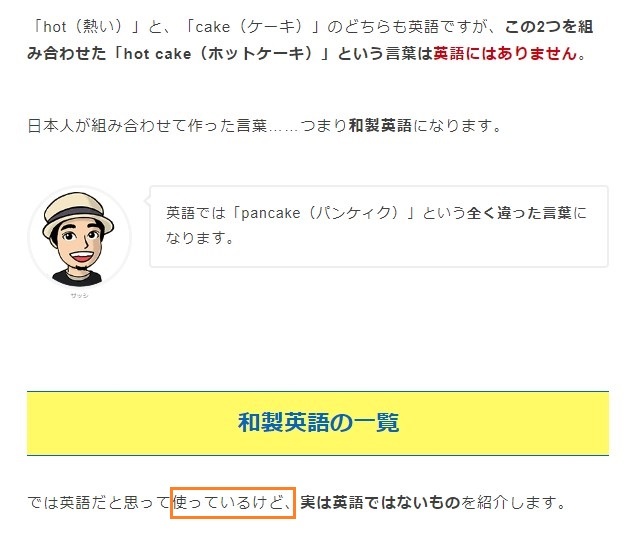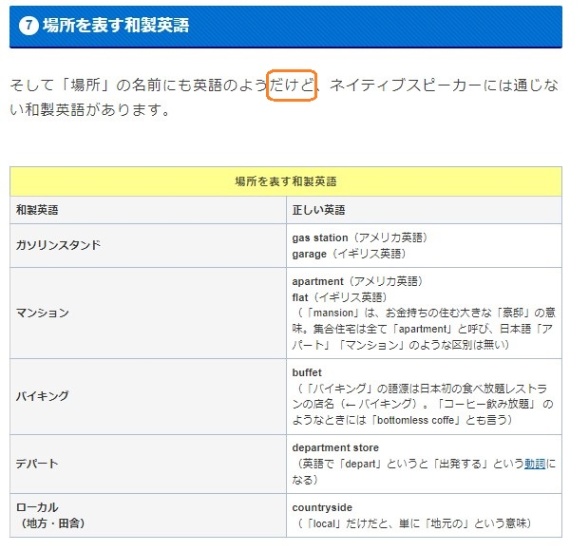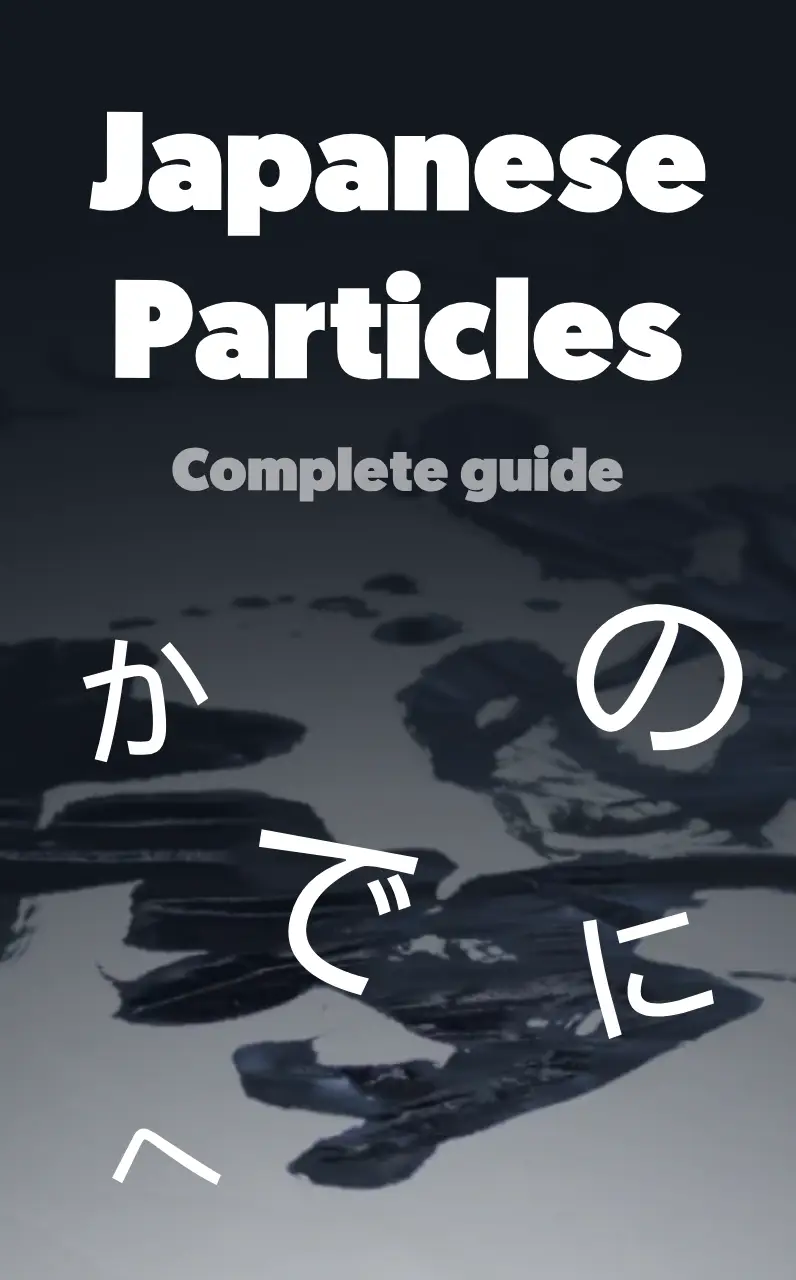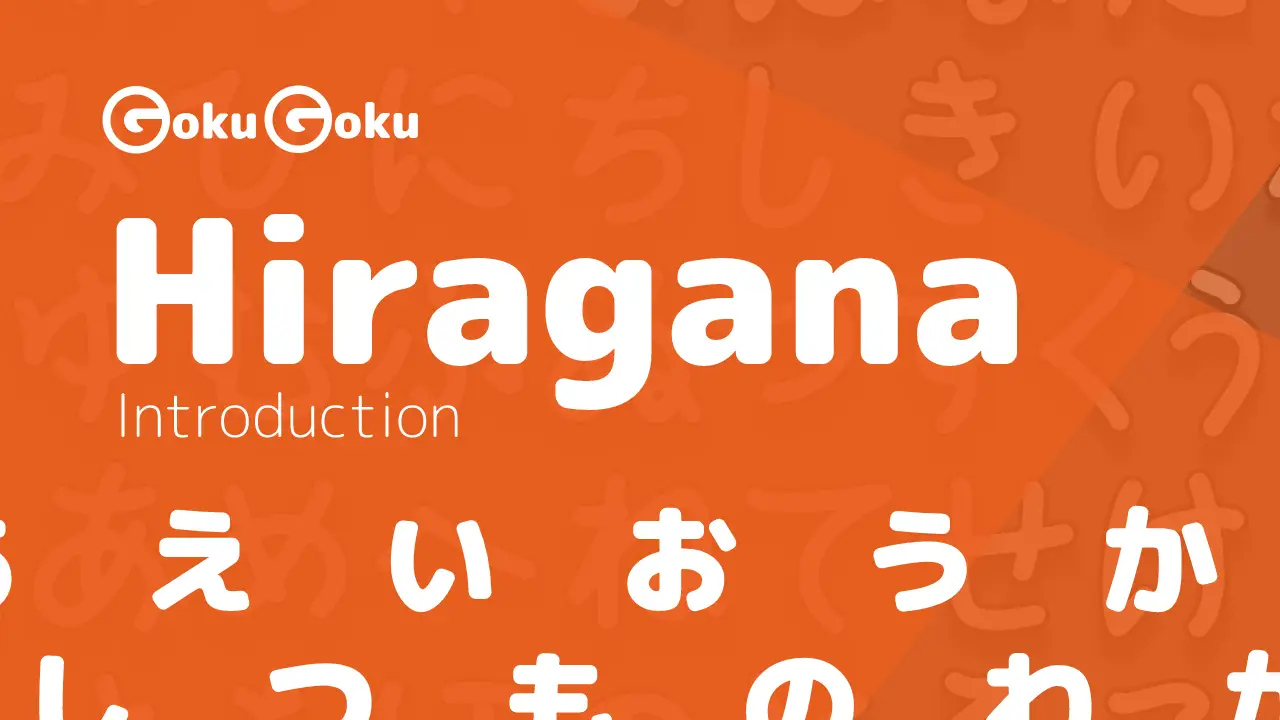けど (kedo) is a particle used to indicate contrast. けど can be translated as but or nevertheless.
けど is a common particle in Japanese. The use of けど in fact allows you to show contrast in an indirect way, without appearing rude.
けど is the most colloquial form of this expression. In fact, there are other more or less formal forms.
In this post we are going to see the various forms of けど, how they are used, and what meaning they convey, through real examples of their use.
Show contrast with けど
The main use of けど is to show contrast with what was said previously by ourselves or by the person we are speaking with.
In these cases けど is commonly translated as but, nevertheless, even if.
けど can follow nouns, verbs, and adjectives. When けど follows a verb or an adjective in "na" you need to add the copula だ:
Let's see an example of けど to express contrast:
今週は暇だけど、来週は忙しい。
I'm free this week, but I'm busy next week.
The most common use of けど consists in having the second part of the sentence to express contrast with what was said in the first part. The two parts of a sentence are separated by けど to show this contrast: (A), but (B).
As you can see from the example, けど is placed before the comma 、
Alternative forms of けど
As anticipated in the introduction, けど is one of the more colloquial forms of this particle. In fact, there are other more or less formal forms, suitable for different situations.
These alternative forms are (in order from the most colloquial to the most formal):
- けど: More colloquial form
- けども: The addition of the particle も emphasizes the sense of contrast; more formal than けど
- けれど
- けれども: Complete form of the expression (けど is a contracted form that originates from けれども)
- が: Most formal form, often used together with to the polite form
The use of のだ / んだ allows you to emphasize even more the sense of contrast of the expression
Talking about Wasei-Eigo
和製英語 Wasei Eigo It's a Japanese-style English and refers specifically to the words and expressions that no longer mean the same thing in English. Here are two sentences from an article about the Wasei Eigo.

では英語だと思って使っているけど、実は英語ではないものを紹介します。
Now, I introduce some words we use thinking they are English, but they are not.

そして「場所」の名前にも英語のようだけど、ネイティブスピーカーには通じない和製英語があります。
And there is Wasei Eigo even in the names of places, which sounds like English but is not understood by native speakers.
In this sentence we find the structure noun + のようだ + けど: It is, it sounds like English, but... けど is preceded by the copula だ to be.
けど at the end of the sentence
Sometimes you can find けど at the end of the sentence. This use allows you to be less direct in expressing an opinion.
Concluding a sentence with けど serves to avoid expressing a conclusion, leaving to our interlocutor the task of guessing what is not explicitly expressed in words.
In this usage けど translates as (A) but .... Let's also see an example here:
彼はいい人なんだけど…
He is a good person but ...
In this example we don't want to directly express what we think. Using けど at the end of the sentence thus allows you to express contrast without being too direct or rude.
Asking a favor indirectly
This use of けど allows you to ask for a favor in formal situations without being rude. Let's see an example:
すみません。もう閉店時間なんですけど…
Excuse me but it's already time to close the shop.
For example, when we are talking to a customer it is rude to ask them directly to leave the shop. In these cases instead we use けど at the end of the sentence to leave implicit the favor we are asking: It's time to close ... (so you should go away).
けど at the beginning of the sentence
けど can also be used at the beginning of the sentence. In these cases, けど is used to explicitly indicate a contrast with what was said previously. Also here けど translates as however, nevertheless, but.
あの車がとてもほしい。だけど高すぎる。
I'd like to have that car, but it's too expensive.
けど to make the sentence more polite
When we want to express our thoughts or rights, often the sentence could sound too direct and therefore rude. In Japanese you want to avoid being too direct even in these situations.
For this purpose another of the uses of けど allows you to make the tone of the sentence more polite.
今日の6時に予約した田中ですけど。
I'm Tanaka, I have an appointment today for 6.
今、勉強してるんだけど…
You know I'm studying now ...
Express feelings or complaining with けど
The sense of contrast expressed by けど allows you to use this expression even when we want to complain about something or express a strong emotion or surprise.
Complain with けど
Using けど to complain expresses the meaning of (A), but however (B), where (B) expresses some justification or complaint with respect to what is expressed by (A):
私だってがんばっているんですけど。
Well, I'm doing my best.
もう1時間も待ってるんだけど。
I've been waiting for an hour already though.
Expressing emotions with けど
けど also allows you to express your emotions. In these cases, けど always expresses the idea of contrast, but in a positive sense: when we are surprised by something unexpected I thought (A), but (B)!.
ちょっと、美味しいんだけど!
Wow, that's delicious!
Introduce a new argument with けど
Also as a result of the meaning of contrast of けど, it is possible to introduce a new topic in a speech with this particle.
けど in this case it means The above is fine, but now what do you think about ....
明日だけど、待ち合わせ時間どうする?
About tomorrow, what time do we do for the appointment?
A comment on a film on YouTube, the language is colloquial and informal

批判と好評があるけどこの映画をどう思うのかは人それぞれだけど自分は美しい映画だと思う。
It has received both criticism and positive reviews, but each person has their own opinions on this movie, I personally think it's a beautiful movie.
Similar grammar points in Japanese 📚
から
から (kara) Meaning Japanese Grammar - Because
だけ
だけ (dake) Meaning Japanese Grammar - Only
たりする
たりする (tari suru) Meaning Japanese Grammar - Do Such Things as A, B Etc
ちがう
ちがう (chigau) Meaning Japanese Grammar - No
まだ
まだ (mada) Meaning Japanese Grammar - Still
ないでください
ないでください (naide kudasai) Meaning Japanese Grammar - Please Do Not Do

